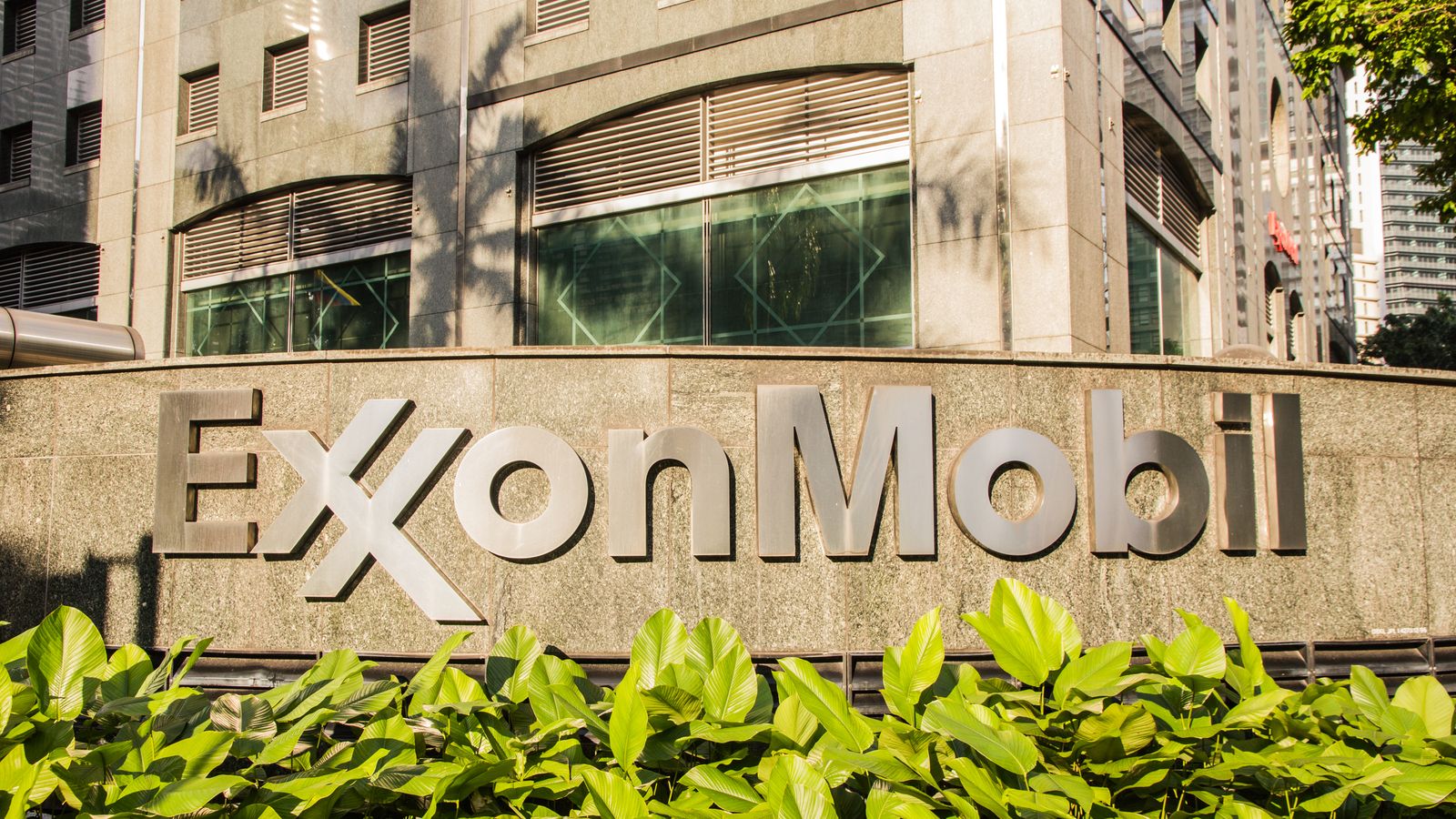Exxon Mobil (NYSE:XOM) has both opportunities and threats going forward. However, I think that the combined magnitude of the company’s opportunities is larger than the power of the threats facing Exxon Mobil stock.

Exxon’s Dividend Is a Tremendous Opportunity
On April 29, Exxon announced that it would maintain its dividend of 87 cents per share. On April 30, the price of West Texas Intermediate was about $12 per barrel. Now it’s nearly tripled to about $35.
Since Exxon did not reduce its dividend when oil was changing hands for $12 per share, it will definitely not lower its payout when oil prices are much higher.
And, since economies around the world are opening up and fear of the novel coronavirus is declining globally, I think the chances of oil dropping below $20 per barrel anytime soon are extremely minuscule. Consequently, I am sure that Exxon’s 87-cent-per-share dividend, which currently equates to a yield of 7%, is very safe.
In an era of extremely low interest rates, a safe, 7% payout is a great asset for investors.
Oil Prices and Exxon’s Stock Have More Room to Run
In January, before the coronavirus reached the West, the price of WTI was around $60. I don’t expect WTI to regain that level until either a vaccine for the coronavirus is distributed or the virus disappears on its own.
But on the other hand, as I mentioned earlier, economies are reopening. Further, many more people are flying than was the case in April, and the percentage of Americans willing to resume their pre-pandemic activities looks poised to climb further going forward.
In fact, according to a tweet by CNBC anchor Carl Quintanilla, 61.6% of Americans surveyed by research firm Fundstrat say they will visit a restaurant a month from now. That’s up from 59.3% who said the same thing during a survey two weeks ago.
Further, 58.9% said they would visit an “off-mall store” in a month, up from 51.6% two weeks ago.
Gasoline demand was already soaring during the week ending May 8, when the reopenings were just getting started. Specifically, gasoline demand during that week reached 7.4 million barrels per day, up from 5.33 million barrels per day in April.
Demand should continue to jump going forward, as more Americans return to work and many more U.S. consumers resume normal recreational activities. Further, the virus is likely to cause many Americans to avoid mass transit and rely on their cars more. That phenomenon will have a positive impact on gasoline consumption.
Given all these points, I expect demand increases, coupled with recent supply cuts, to push oil prices to the $45 to $50 range by mid-July.
Meanwhile, Exxon Mobil stock is trading at a trailing price-book ratio of 1.1, down from 1.56 as of the end of December. As oil prices rise, I think the price-book ratio can climb to 1.3, enabling the shares to jump nearly 20%.
The Threats Facing Exxon Mobil Stock
Multiple, reputable research firms, including Bernstein and Raymond James, have recently contended that the work-from-home trend can remain prevalent even after the pandemic ends, hurting gasoline demand over the longer term.
But according to CNBC, 45% of oil in the U.S. is devoted to producing gasoline. RBC says that 28% of U.S. gasoline is used to bring people to work. That works out to 12.6% of oil sales. Obviously, many people, including waiters, police, cashiers, some sales professionals, and health care workers, can’t work from home.
So, the work from home trend would likely reduce oil sales by 5% to 6% at most. However, I think that many companies will prefer to physically monitor their employees when the pandemic is over, while others will be wary of the security limitations of video-meeting software and other technical issues that could arise with using them.
As a result, I believe that, over the longer term, the work-from-home trend will only reduce demand for oil by a few percentage points. Moreover, some if not all of that decline will be offset by the switch to cars from mass transit that I referenced earlier.
Finally, there’s a chance of Saudi Arabia and Russia ending their deal to reduce the supply of oil. However, I don’t expect that to happen soon. That’s because I stand by a statement I made in a prior article:
“Saudi Arabia needs higher oil prices in order to pay for its budget. Although Russia is not in the same boat, I’m sure that Moscow would also benefit from higher oil prices. As a result, it’s in both countries’ interest to lower their output at some point.”
The Bottom Line on Exxon Mobil Stock
Given Exxon’s high dividend yield and attractive valuation, along with rapidly increasing gasoline consumption in the U.S., the company’s shares are still worth buying at this point.
Larry Ramer has conducted research and written articles on U.S. stocks for 13 years. He has been employed by The Fly and Israel’s largest business newspaper, Globes. Larry began writing columns for InvestorPlace in 2015. Among his highly successful, contrarian picks have been Lyft, solar stocks, and Snap. You can reach him on StockTwits at @larryramer. As of this writing, Larry Ramer did not own shares of any of the aforementioned companies.
